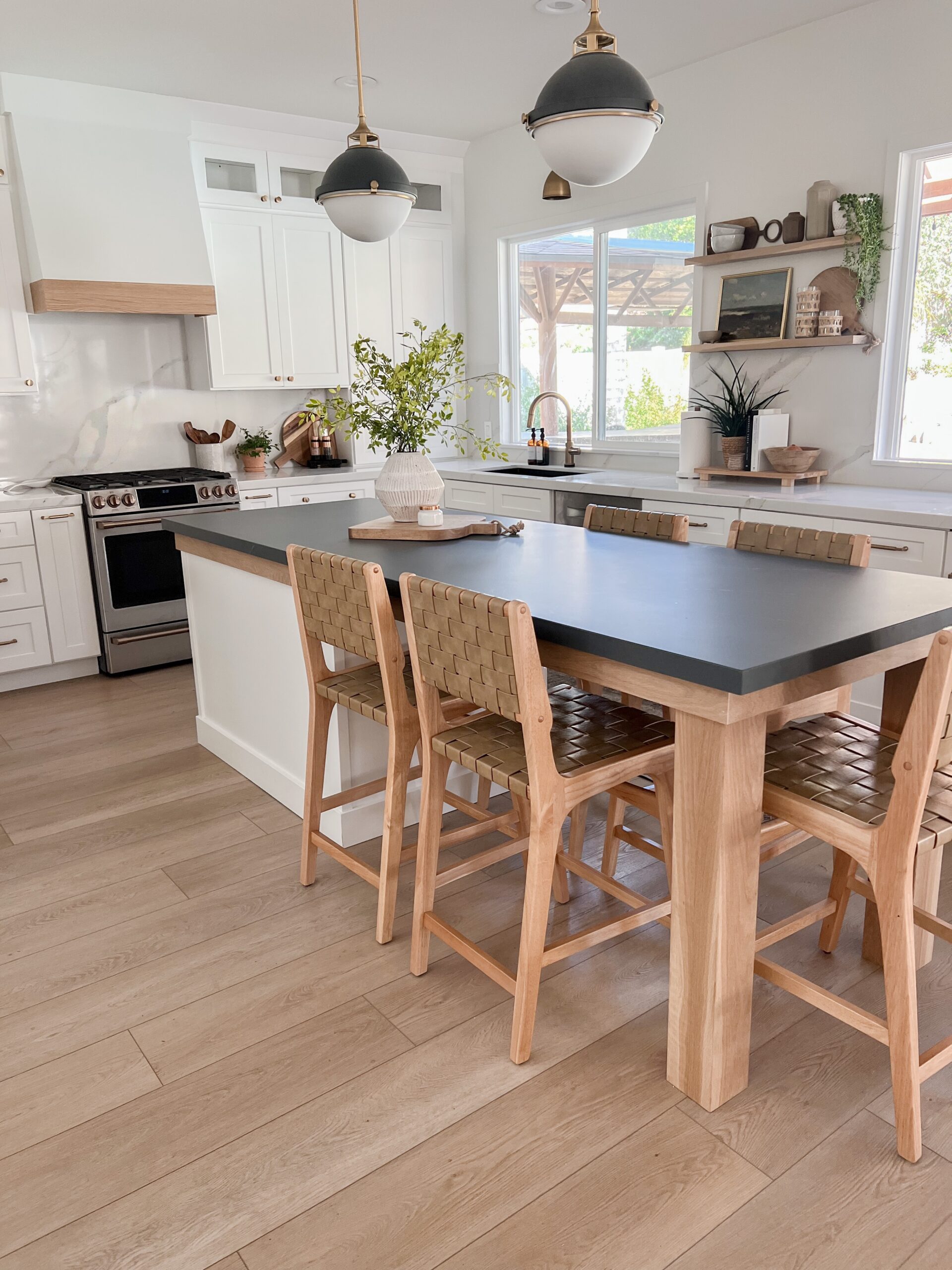Make The Most Of Adaptability with Flexible Legs For Kitchen Island Attributes
Make The Most Of Adaptability with Flexible Legs For Kitchen Island Attributes
Blog Article
An Overview to Choosing the Perfect Legs For Kitchen Area Island for Your Home
Picking the optimal legs for your cooking area island is a nuanced choice that impacts both the performance and aesthetic allure of this main room. Factors such as height, materials, and design play a critical role in balancing your island with the total kitchen area layout. Additionally, recognizing the significance of stability and upkeep can substantially affect your selection. As you consider these elements, it becomes apparent that the best legs can transform not only the look of your cooking area but also its usability for several years to come. What specific features should you prioritize in this option procedure?

Understanding Cooking Area Island Legs
When choosing legs for a cooking area island, it's vital to understand their practical and visual roles in the general layout. The legs work as a vital support group, guaranteeing security and resilience for the island, which usually functions as an office, eating area, or gathering area. The choice of product and building and construction technique should be durable adequate to hold up against daily use and prospective wear.
Along with their architectural duties, legs add significantly to the island's visual appeal. They can enhance the kitchen area's style, whether with typical, modern, or diverse designs. The height and proportion of the legs are likewise essential factors to consider; they must harmonize with the island's countertop height while guaranteeing comfortable seating for those making use of the area.
Additionally, the leg layout can affect the general circulation of the kitchen. Open, ventilated leg designs can develop a sense of lightness, while solid, significant legs might share a much more grounded and stable aesthetic - Legs For Kitchen Island. Understanding these useful and visual aspects will lead home owners in making educated selections that match their kitchen's design and boost its functionality
Popular Styles and Materials
The choice of legs for a cooking area island encompasses a selection of popular styles and products, each offering unique attributes that can boost both performance and visual appeals. Typical legs generally show ornate details and craftsmanship, boosting timeless kitchen styles.

Elevation and Security Considerations

The legs of the kitchen area island should supply adequate assistance, guaranteeing that the framework can endure day-to-day use without moving or tottering. Material choice plays a substantial role in security; steel legs, for instance, have a tendency to supply greater toughness contrasted to wood.
Matching Your Kitchen Aesthetic
Choosing the appropriate legs for your cooking area island goes beyond functionality; it additionally plays a significant role in the overall aesthetic of the space pop over to these guys (Legs For Kitchen Island). When choosing legs, think about the design style of your kitchen area.
Legs that complement or contrast with your island's surface area and surrounding cabinetry can develop aesthetic harmony or striking focal factors. Furthermore, think about the finish of the legs; matte, shiny, or textured coatings can dramatically affect the overall feeling of the kitchen area.
Installation and Upkeep Tips
Setting up cooking area island legs requires cautious focus to detail to make certain both stability and aesthetic appeal. Utilize a stud finder to situate wall studs if you are connecting the legs to a wall surface or using braces for included support.
When protecting the legs, make use of top quality screws and, if essential, wood glue for additional strength. For metal legs, make certain that you are using suitable anchors and devices to prevent damage to your flooring. It is suggested to look for levelness after setup, making modifications as required to stay clear of wobbling.
Clean the legs with a suitable cleaner, avoiding abrasive products that might scrape the surface. By following these installation and maintenance tips, you can ensure that your kitchen area island legs stay both practical and visually enticing.
Conclusion
In final thought, picking the appropriate legs for a kitchen area island requires careful factor to consider of elevation, stability, and visual compatibility. Eventually, thoughtful leg selection plays a crucial function in boosting both hop over to these guys the functionality and layout of the kitchen area room.
When selecting legs for a cooking area island, it's important to recognize their visual and functional functions in the total design. Open, ventilated leg designs can create a sense of agility, while strong, substantial legs might share a more grounded and secure visual. The legs of the kitchen island must provide sufficient assistance, ensuring that the structure can stand up to day-to-day usage without wobbling or changing.Installing kitchen area island legs needs cautious focus to information to ensure both stability and aesthetic charm.In conclusion, choosing the proper legs for a cooking area island demands cautious factor to consider of elevation, stability, and aesthetic compatibility.
Report this page